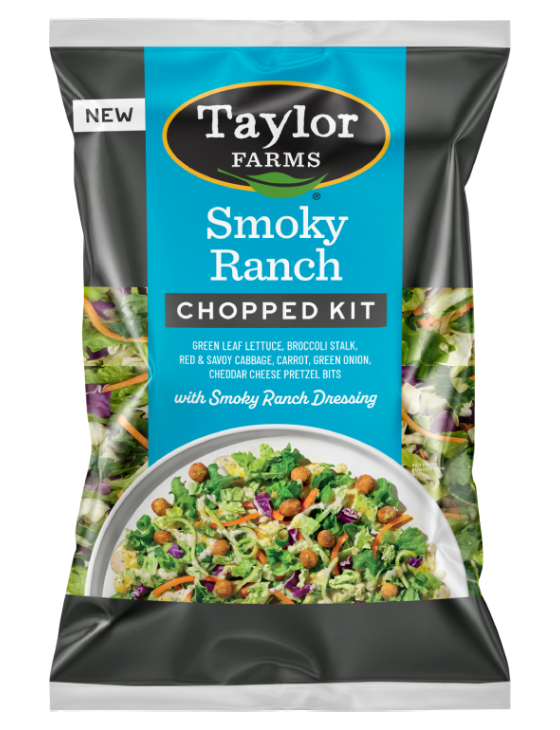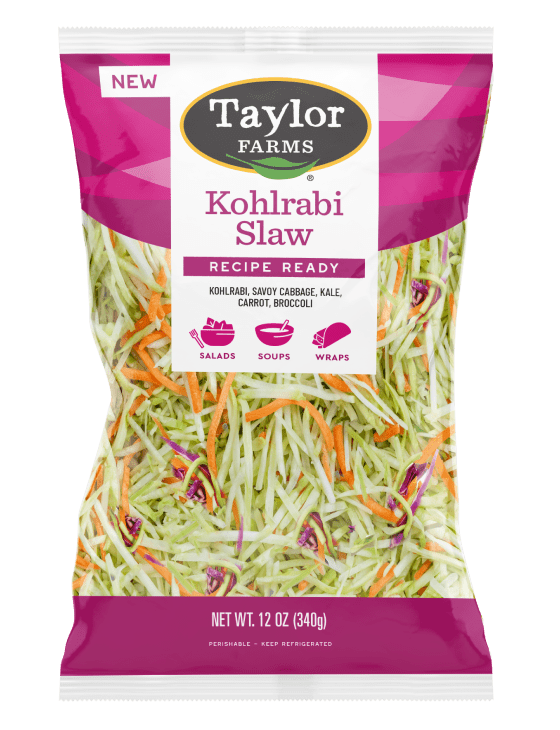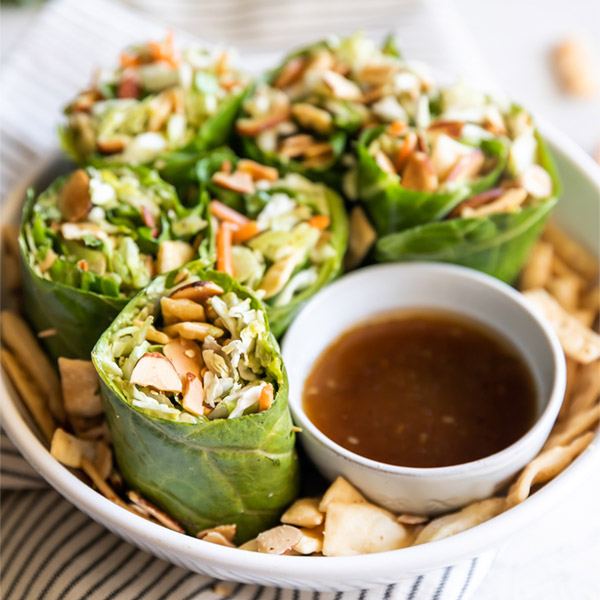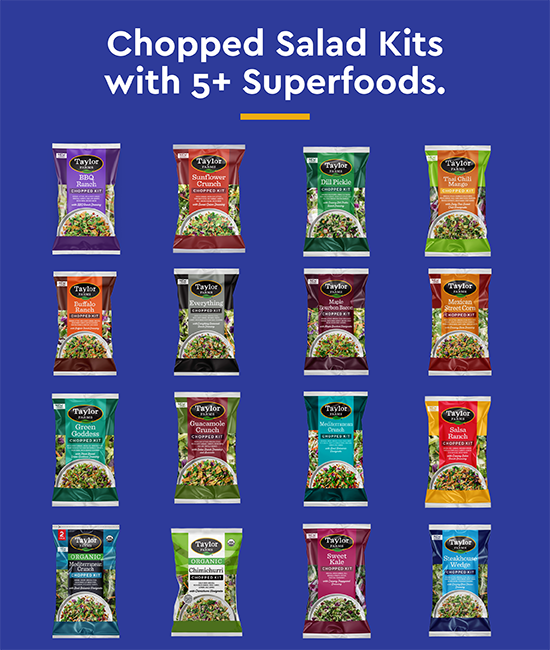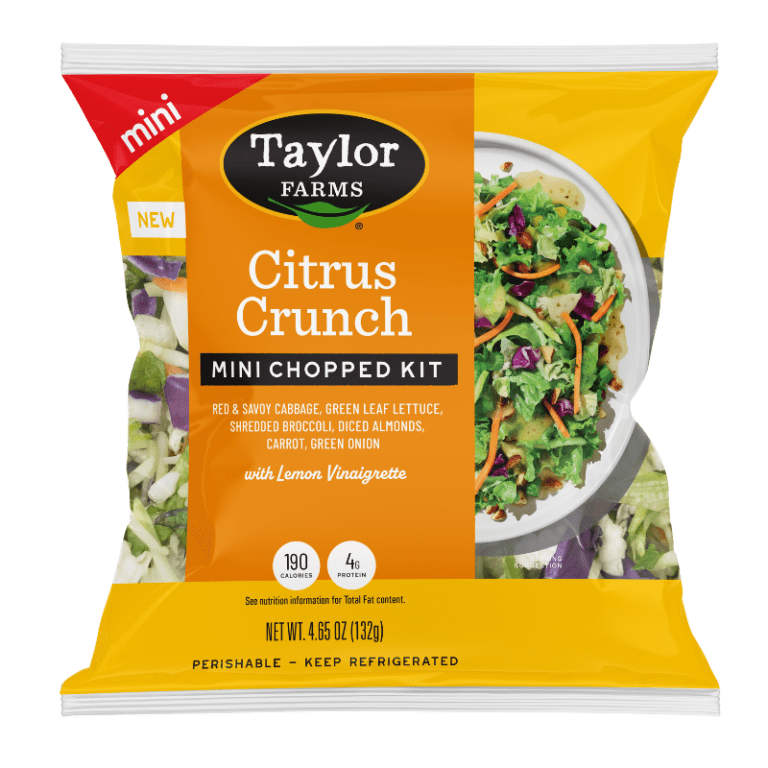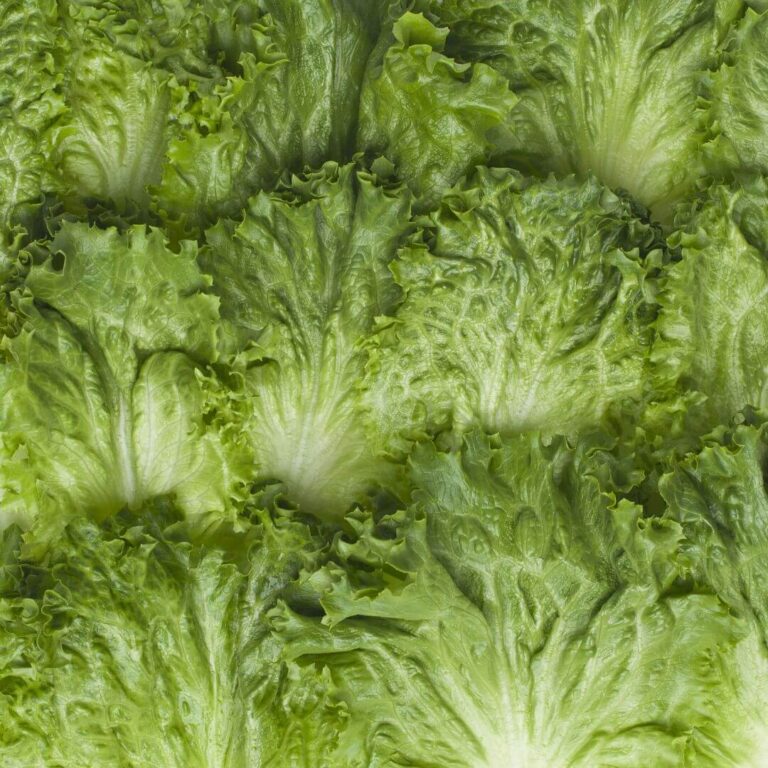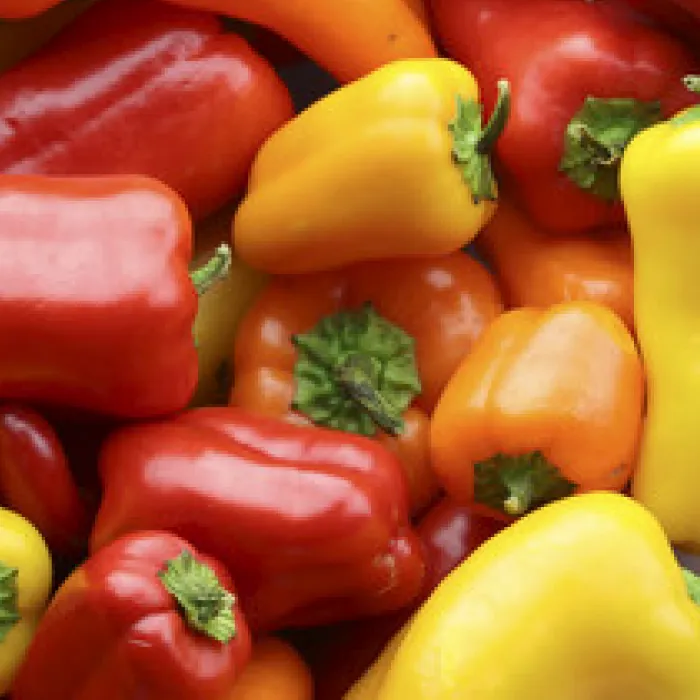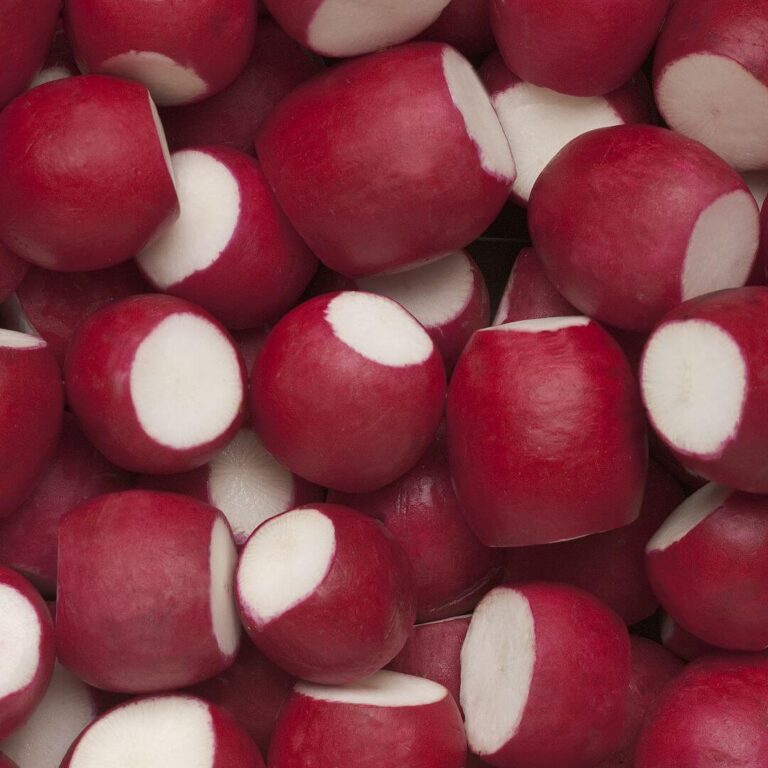Savoy Cabbage at a Glance
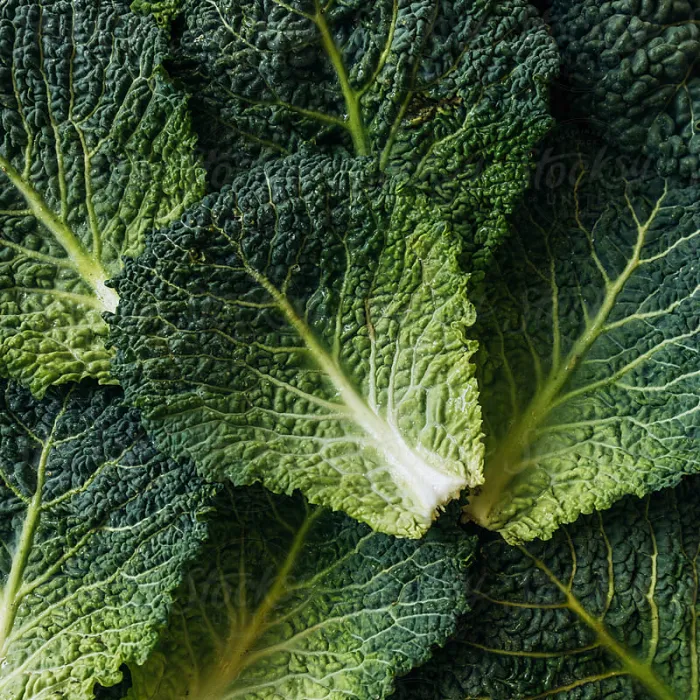
Scientific Name: Brassica oleracea var. sabauda
Family: Brassicaceae (also known as the mustard family)
In season: Fall to early spring
Varieties: Curly savoy, January King, Winter savoy, among others
Great for: Salads, stir-fries, soups, wraps, and stuffed dishes
Savoy Cabbage Nutrition
Vitamin C
Vitamin K
3 grams of fiber
Common Questions about Savoy Cabbage
When enjoyed raw, savoy cabbage has a crisp and refreshing bite. It’s subtly sweeter than other cabbage varieties, with notes of earthiness and a touch of pepperiness. The distinct, mildly nutty flavor of savoy cabbage is often likened to a milder version of its cabbage cousins. Its tender, ruffled leaves make it an ideal choice for salads, coleslaws, or even wraps. The crisp texture and gentle flavor profile allows savoy cabbage to work well with everything from sharp vinaigrettes to creamy dressings without being overpowering.
When cooked, savoy cabbage’s naturally sweet undertones become more pronounced, and its texture softens to a succulent, almost melt-in-the-mouth consistency. Unlike some greens, which can turn bitter when cooked, savoy cabbage retains its gentle, earthy essence.
Whether it’s braised with butter and garlic, sautéed in a stir-fry, or simmered in soups, its flavor profile remains distinct while complementing other ingredients. Savoy cabbage is also known for its ability to absorb and enhance the flavors of accompanying ingredients.
Growing savoy cabbage
When growing savoy cabbage, it’s all about the firmness of the cabbage head. A head that is mature and ready for harvest will feel solid and dense when you gently squeeze it. While the outer leaves might still be loose and open, the inner layers should be tightly packed. Typically, savoy cabbage is ready to be picked when its head is about the size of a softball or larger, but this can vary based on the specific variety and growing conditions.
If you wait too long to pick savoy cabbage, the heads can split or the flavor might become more bitter, so it’s better to err on the side of harvesting a tad early rather than too late.
Purchased savoy cabbage
When purchasing fresh savoy cabbage from a store or farmer’s market, again look for heads that are firm to the touch. The leaves should be vibrant in color, ideally a rich green, and free from excessive blemishes, yellowing, or wilted patches. While a few outer leaves might naturally show a bit of wear and tear, the overall appearance should be fresh and lively.
A fresh savoy cabbage will feel a little heavy for its size, indicating that it’s packed with moisture and crispness and ready to eat.
Give the head a gentle shake to remove any loose leaves or debris. Then place the whole head of cabbage inside a plastic bag, squeezing out as much air as possible before sealing. Store the bagged or wrapped cabbage in the crisper drawer of your refrigerator. Ideally, it’s best to consume the cabbage within a week for optimal flavor and texture, though it can last up to two weeks if stored under ideal conditions.
If you’ve already cut or shredded the cabbage, store the unused portion in an airtight container or a resealable plastic bag with a paper towel. The paper towel will help absorb any excess moisture, preventing the leaves from becoming too wet and speeding up spoilage. Use the cut cabbage within a few days.
Yes! Start by washing the cabbage thoroughly and removing any tough or wilted outer leaves. Depending on your intended use, chop the cabbage into smaller pieces or separate the leaves. After preparing the cabbage, pat it dry with a towel to remove any excess moisture.
Pack the dried cabbage pieces or leaves in airtight freezer bags, pushing out as much air as possible to minimize freezer burn. Seal the bags securely and place them in the freezer. Properly stored, frozen savoy cabbage can last up to 9-12 months.
When you’re ready to use the frozen cabbage, you can either thaw it in the refrigerator or incorporate it directly into cooked dishes. Remember that thawed cabbage’s texture may be slightly softer than fresh cabbage. Blanching the cabbage before freezing is recommended for optimal flavor and color.
Savoy cabbage is native to the Mediterranean region of Europe but has since found its way to gardens and farms around the world. It thrives in temperate climates and is particularly fond of cooler weather, which makes it suitable for growing in both spring and fall in many regions. While the cool temperatures enhance its sweetness, it’s resilient enough to withstand light frosts, making it a favorite for winter gardens in milder climates. It’s typically grown as a spring or fall crop in regions with harsher winters. Many countries across Europe, North America, and Asia have successfully cultivated savoy cabbage.

How to cook & serve savoy cabbage
Sautéed: Cooked quickly in a pan with some oil or butter, savoy cabbage becomes tender and flavorful. Add garlic or onions for added depth. It pairs beautifully with grilled chicken or fish.
Braised: When slowly cooked in a liquid, often with a fat like butter or lard, savoy cabbage melds its flavors with the broth, be it chicken, beef, or vegetable. Serve it alongside roasted meats or sausages.
Steamed: Steamed cabbage remains crisp when steamed and also retains most of its nutritional value. It’s a great side for dishes with rich sauces, as the mild taste balances the palate.
Roasted: When roasted in the oven, savoy cabbage edges become caramelized and crispy, adding a unique texture. It’s a hearty companion to dishes like roast beef or lamb.
Stir-fried: In Asian-inspired dishes, savoy cabbage can be quickly stir-fried with other vegetables, tofu, or meats and seasoned with soy sauce, ginger, and garlic.
Pair savoy cabbage with complementary flavors like bacon, nuts, apples, and cheeses. Season with herbs like dill, parsley, or caraway seeds to elevate its natural taste. It’s also great in soups or used as a wrap.

